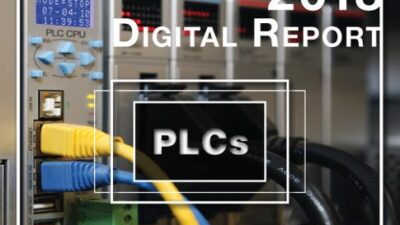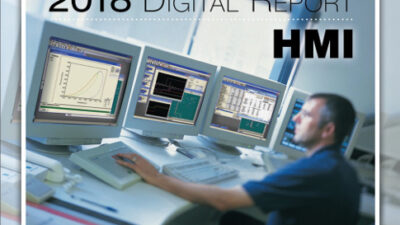Rockwell Automation authors describe how machine operators and race car drivers have similar needs, and how the parallels can help manufacturers design better software dashboards.
Information fuels the race to the finish. In the ultra-fast-paced car racing industry, well-informed decisions are crucial, so it is imperative that drivers, pit crew chiefs and owners have the information they need to communicate effectively. Like racing teams, manufacturing organizations also must have the right information to operate at peak performance. Product managers Michael Pantaleano and Todd Smith from Rockwell Automation describe how line operators and race car drivers have similar needs, and how the parallels can help you design better dashboards.
Operating at peak performance means giving the right information to the right people at the right time, no matter if are a line operator, plant supervisor or upper management. Software-based information “dashboards” do for manufacturers what a car’s dashboard does for a racer.
o best perform – relative to time frame, granularity and timeliness – and communicate as one entity.
nformation pertinent to health of his line or machine. So, it is imperative that the line operator’s dashboard is designed with easy-to-read gauges and displays. Operators must continuously track process variables, including temperature and cycle time, and ensure that machinery is runningeffectively. Paired with human-machine interface (HMI) hardware, the dashboard serves as a window into machine operations – providing operators with the real-time, granular data they need for quick, machinery- and line-specific decision making.
decisions surrounding the plant’s overall efficiency. The plant supervisor needs a software program that can not only aggregate data from one line or one machine, but multiple machines or production lines. An optimal dashboard system will pull information from many different areas – including historical logging systems and downtime analysis programs.
metric. And, just like the crew chief measures how long it takes for pit stops, plant managers are concerned with how long it takes to perform maintenance on their machines. The longer a machine is down, the less time it spends being productive.
teams are functioning, how much it is costing and how it is stacking up against the competition. They need to see a large breadth of information – information relative to the entire plant or multiple plants across the enterprise. The data must be clearly presented, in order to be read and interpreted as quickly and efficiently as possible. Delivering accurate data to senior management is critical, as they have the authority to make key process improvements. With a better understanding of all aspects of the entire enterprise, upper management can make better business decisions.
https://www.rockwellautomation.com/rockwellsoftware/performance



